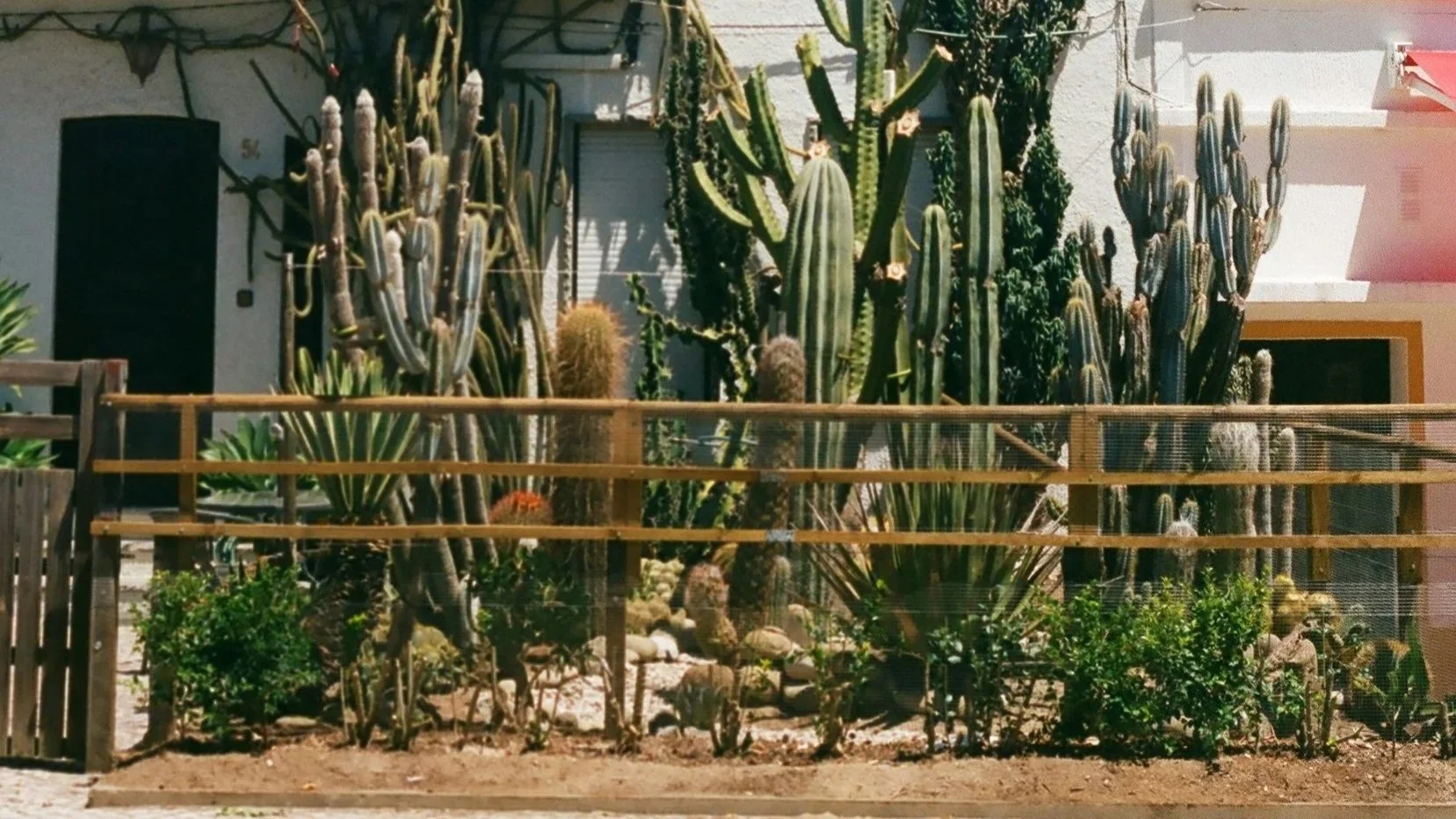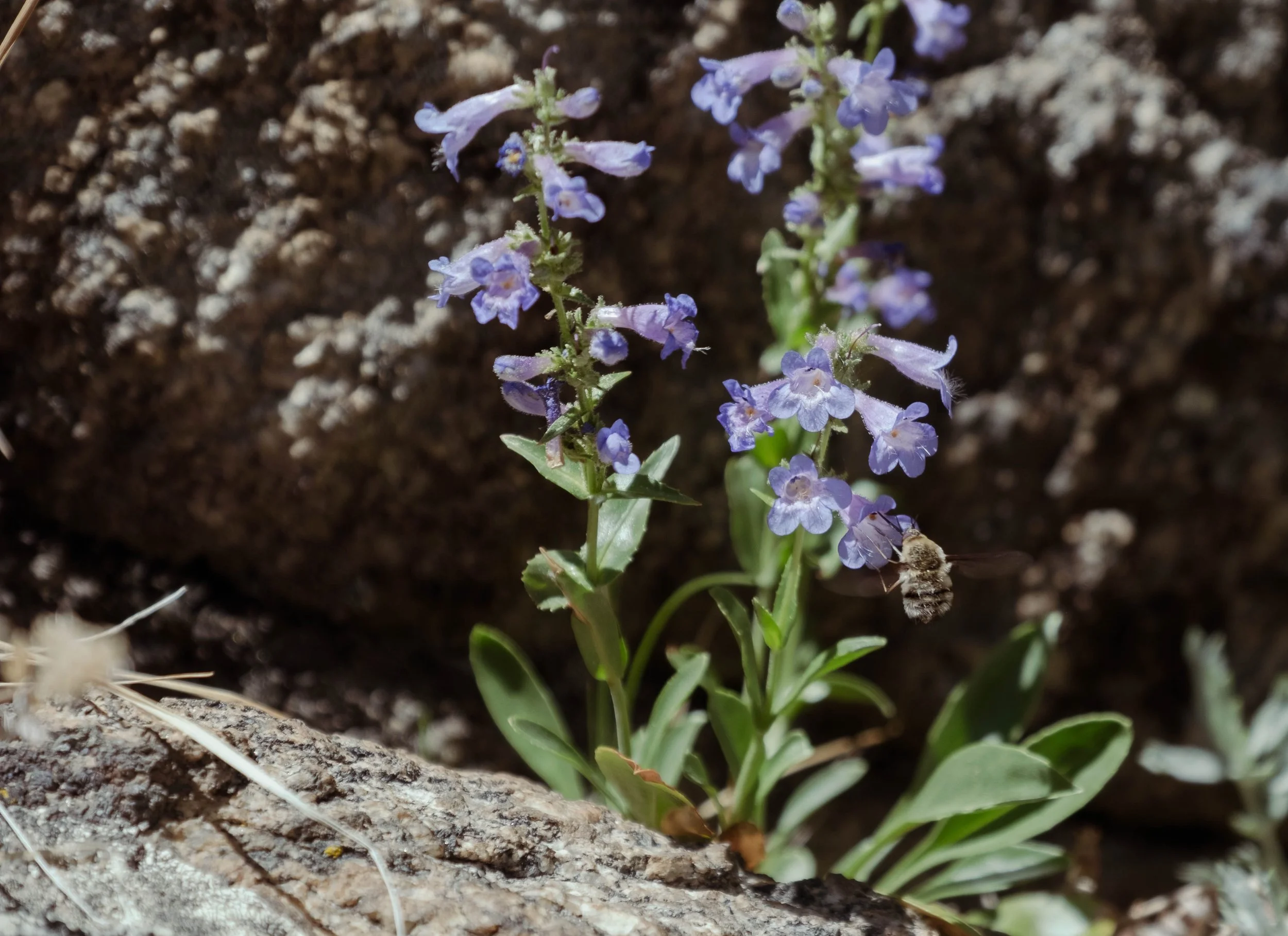Rage Against the Green
Green grass lawns have been a socio-economic status symbol since the landscaping of aristocrats of 18th century England and France, an idea which spread across the Atlantic to the wealthy landowners of the newly formed United States like George Washington and Thomas Jefferson (D’Costa, 2017). However, it was not until the post-World War II suburban utopia of Levittown, developed by the real estate company, Levitt & Sons, that the homogeneity of the ideal American neighborhood grew in popularity. A part of this plan was the identical and well-maintained green turf grass lawn (Dubner, 2017). Since then, Americans have been diverting over 90 billion gallons of their water a day and administering fertilizers, herbicides, and pesticides in order to sustain these unnatural mono-culture lawns that make up approximately 23% of land in the United States (Reduce Outdoor Water Use in the US, 2006; Robbins & Birkenholtz, 2003).
Denver, Colorado is considered a semi-arid region, as its general water availability is low, but not quite sparse enough to be considered arid. Thus, in 1981 Denver was one of the first cities to introduce urban and residential landscape changes that reduced the need for potable water lawn irrigation—spearheaded by a group called the Xeriscape Task Force. This group encouraged the sustainable utilization of native and drought-tolerant vegetation and landscaping to reduce superfluous water usage, coining the term xeriscape (Conservation Program Development Plan for Xeriscape, 1989). This change in mindset has been adopted all over the nation, but especially in arid and semi-arid regions, as a solution for alleviating the symptoms of drought.
In a study done in Nevada in 2000, homeowners were incentivized to re-landscape to xeriscaping. The researchers first collected five previous years of water consumption data for the properties and compared them to the water usage after xeriscaping. The result was a significant 55.8 gal/sq ft, or 75%, reduction in residential landscape water application for the xeriscaped properties. While the cost to convert to xeriscaped land was initially $2,000-4,000, overall a significant amount of time and money was saved in regard to maintaining the landscape (Sovocool et al., 2006).
These water conservation efforts are especially relevant now as in the year 2020, Denver recorded one of its top 10 driest years in the last 149 years of recording climate data (National Weather Service [NWS], 2021). To continue in the efforts of the Xeriscape Task Force, in 2013, Senate Bill 13-183 was passed in Denver that required Homeowners Associations (HOAs) to accommodate xeriscaping and prohibited the requirement for turf lawns (Water Conservation Common Interest Communities, 2013). On March 7, 2019, the Colorado House Bill 19-1050, further added to this by not only allowing for xeriscaping, but encouraging the use of xeriscapes in common areas and residential land (Concerning the Promotion of Water-Efficient Landscaping, 2019).
On the East Coast, xeriscaping has taken on the moniker “water-wise” landscaping. In my current neighborhood, sandwiched between holes of a sprawling golf course we receive plenty of rain (between 40-60” year*), especially during hurricane season. However, when stifling hot weather and dry spells do occur, the homogenous green lawns and ornamental plants can’t keep up without consistent waterings. We use gallons and gallons of potable water to water lawns, golf courses, agricultural and sports fields. In North Carolina, 20-30% of our potable water is used for outdoor purposes, reaching nearly 70% during its peak in the summer *. In addition to outdoor use, we also wash our cars, our bodies, our dishes, and our clothes. Last but certainly not least, we need this clean water to drink and hydrate our bodies. Reducing our water use can reserve this very important resource for most vital needs of our communities.
Additionally, property owners are utilizing their property to create eco-friendly and low-water green spaces like pollinator and vegetable gardens as a response to pollinator health and sustainability initiatives. These spaces include the planting of pollinator-friendly native plants and flowers for ecological diversity and habitat support. These initiatives have been championed by local organizations such as the Denver Botanic Gardens, Butterfly Pavilion, Colorado Native Plant Society, and the CSU Extension. In addition to the promotion of native plants, in 2016, the Butterfly Pavilion founded the Colorado Pollinator Network to help connect people and communities in their efforts to “conserve, protect, and create pollinator habitat and to educate communities across Colorado to protect our pollinators” (Colorado Pollinator Network, 2020).
Planting native isn’t just for folks in arid-semi arid communities. While planting native plants, trees, and ground cover requires less care, as they’re best suited for the local climate, they also support local wildlife. Monoculture grass lawns and non-native plants cannot support local biodiversity the way native plants can, and frequently require additional nutrients and protection to help them survive. Additionally, introduced and ornamental plants run the risk of spreading beyond the yard, outcompeting local plants and become invasive. Regardless of where you live, consider planting native trees, flowers, and ground cover to provide habitat for your more-than-human neighbors, reducing your water bill, and help your local ecosystem thrive!



